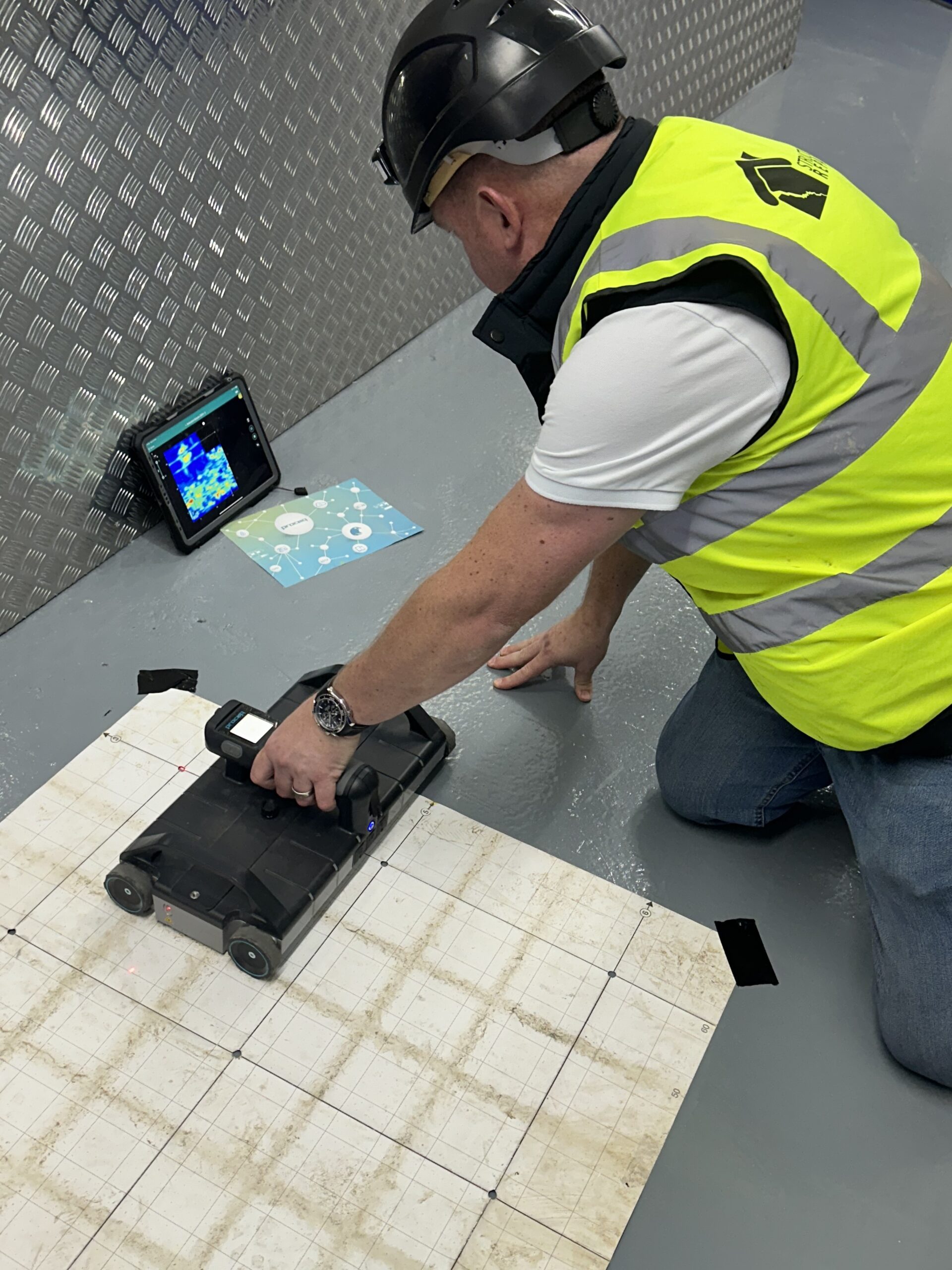Comprehensive Insights right into Concrete Scanning Procedures
Comprehensive Insights right into Concrete Scanning Procedures
Blog Article
Introduce the Transformative Power of Concrete Scanning in Making The Most Of Performance and Safety
Concrete scanning has actually arised as a critical device in the building and construction industry, supplying unrivaled benefits in improving job efficiency and making sure security criteria. The transformative power of concrete scanning exists in its capability to provide real-time data and thorough understandings, reinventing just how jobs are prepared and performed.
Significance of Concrete Scanning
Guaranteeing the architectural integrity and safety and security of building tasks begins with the critical step of performing extensive concrete scanning. Concrete scanning is a non-destructive approach used to find and map subsurface elements within concrete structures.
In addition, concrete scanning aids in maximizing job timelines and budget plan by preventing unforeseen costs and delays that might emerge due to unpredicted blockages within the concrete. Inevitably, spending in thorough concrete scanning is a proactive method that improves both performance and safety and security in building and construction projects.
Just How Concrete Scanning Works
Concrete scanning operates as a vital device in construction projects by using innovative modern technologies to detect and map subsurface elements without creating architectural damages. Ground Permeating Radar (GPR) and Electromagnetic Induction (EMI) are two primary methods used in concrete scanning. GPR works by sending out high-frequency radar pulses right into the surface, which bounce back when they encounter subsurface things or spaces. The time considered the signal to return suggests the depth and area of the items. EMI, on the various other hand, utilizes magnetic fields to recognize variations in product structures, such as recognizing rebar or channels within concrete frameworks.
During the scanning process, the information collected is evaluated in real-time, enabling instant recognition of possible hazards or obstacles below the surface. By using these innovative technologies, concrete scanning considerably minimizes the threat of costly damages and injuries on building sites.
Advantages of Concrete Scanning
Utilizing sophisticated scanning innovations in building and construction projects uses a plethora of benefits, improving both performance and safety and security on-site. One of the main advantages of concrete scanning is the ability to detect and situate embedded objects such as rebar, post-tension cables, and avenues properly. By determining these aspects before exploration or reducing into concrete frameworks, the threat of unexpected strikes is substantially decreased, avoiding potential injuries to employees and damages to the structure itself. Moreover, concrete scanning helps in planning and designing better, as it gives specific details about the area and depth of architectural elements.

Case Studies: Concrete Scanning Success

In another instance, a construction business made use of 3D concrete scanning to assess the condition old concrete frameworks in a historical structure. The comprehensive scans supplied beneficial understandings into the extent of degeneration and aided focus on upkeep efforts efficiently. By proactively attending to locations of problem recognized through scanning, the company was able to prolong the life expectancy of the framework and make sure occupant safety.
These situation researches emphasize the transformative power of concrete scanning in enhancing efficiency, accuracy, and security in building and construction projects.
Implementing Concrete Scanning in Projects
Carrying out innovative scanning technologies during building and construction tasks has come to be progressively important next page for boosting precision and safety. By integrating concrete scanning right into job preparation and execution, building groups can recognize potential threats, such as rebar or post-tension cables, hidden within concrete frameworks. This aggressive strategy decreases the danger of mishaps, hold-ups, and expensive rework, eventually resulting in a lot more effective project timelines and budgets.
To implement concrete scanning effectively, project supervisors must work together very closely with knowledgeable scanning specialists to determine one of the most appropriate scanning methods for the particular project requirements. Engaging scanning specialists from the beginning of a job enables the team to develop comprehensive scanning plans that address vital areas of worry and guarantee extensive data collection.
In addition, incorporating concrete scanning right into regular task workflows can simplify decision-making processes, as real-time check data supplies immediate understandings into the problem of concrete structures - Concrete Scanning. This data-driven approach promotes notified analytical and enables teams to make adjustments without delay, fostering a society of effectiveness and safety throughout the task lifecycle

Final Thought
Finally, concrete scanning plays a critical function in boosting efficiency and safety and security in construction jobs. By making use of advanced modern have a peek at these guys technology to map and identify out underlying structures within concrete, this procedure aids to avoid costly errors, make certain structural stability, and minimize threats on site. With the ability to reveal covert components and supply exact data, concrete scanning confirms to be a valuable tool for maximizing project results and maximizing general click over here success.
Concrete scanning is a non-destructive method utilized to spot and map subsurface aspects within concrete structures. Furthermore, concrete scanning aids in enhancing project timelines and spending plan by avoiding unforeseen prices and hold-ups that may arise due to unpredicted blockages within the concrete. One remarkable case research study includes a large restoration task where concrete scanning played an important duty in making sure job success.In an additional case, a building and construction company utilized 3D concrete scanning to evaluate the problem of maturing concrete frameworks in a historical building. By incorporating concrete scanning into project preparation and execution, construction groups can determine potential threats, such as rebar or post-tension cords, hidden within concrete frameworks.
Report this page